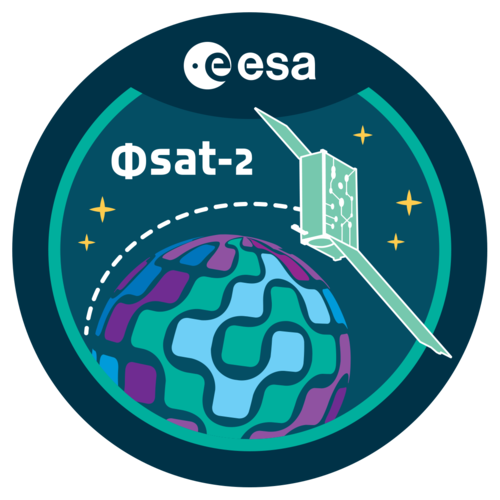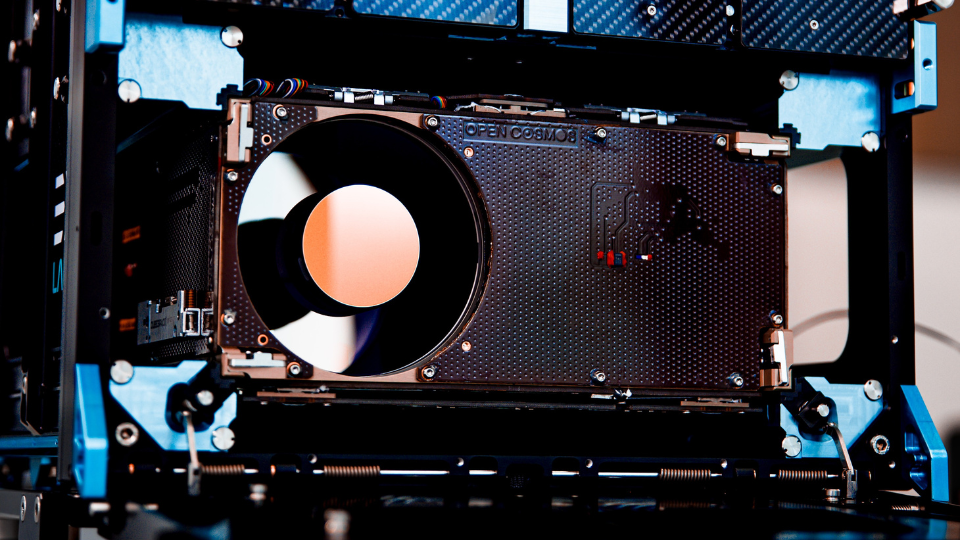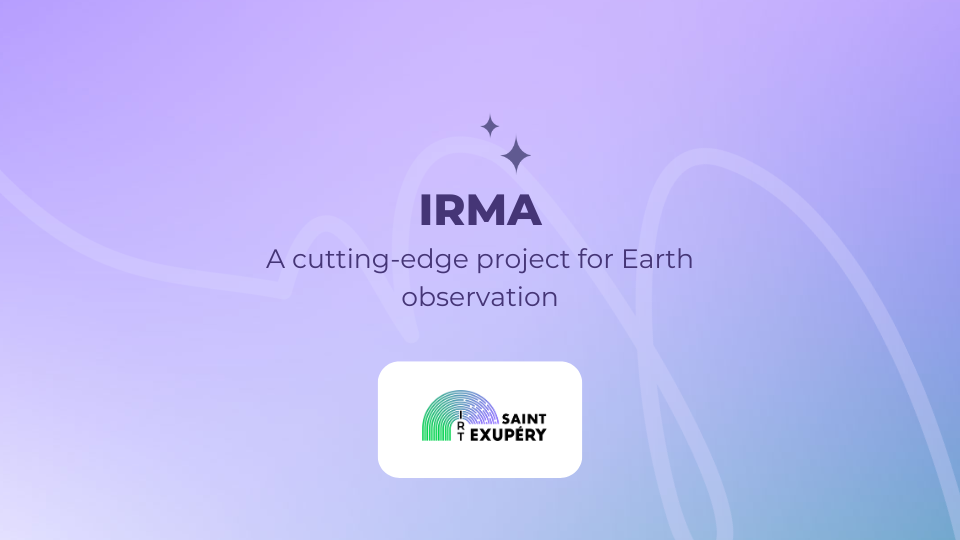The IRT Saint Exupéry has been selected by the European Space Agency (ESA) to deploy the innovative technologies of the IRMA project aboard the Φsat-2 satellite. This major milestone highlights the potential of artificial intelligence (AI) to enhance environmental monitoring from space.
The IRMA project (AI for Mission Reactivity based on Image Analysis) aims to enhance the responsiveness of Earth observation constellations by analyzing images directly onboard satellites. Led by a team of around fifteen researchers in Toulouse and Sophia Antipolis, IRMA is supported by Thales Alenia Space and several SMEs and startups in the sector.

A frugal AI for more efficient maritime surveillance
In 2024, IRMA won the “OrbitalAI” challenge organized by the ESA, aimed at demonstrating the benefits of onboard AI for Earth observation. The application developed by IRT Saint Exupéry detects maritime anomalies in real time, such as toxic algal blooms, enabling alerts in case of critical events. IRMA’s uniqueness lies in its data- and power-efficient AI, a key advantage for embedded systems.
A breakthrough in space observation and environmental monitoring
This approach convinced the ESA to integrate the project’s application aboard Φsat-2, a demonstrator satellite launched on August 16, 2024. Equipped with a high-resolution camera and an AI processor, Φsat-2 will serve as a platform to validate IRMA’s technologies in real-world conditions. With this selection, IRT Saint Exupéry reaffirms its leadership in the application of embedded AI for space observation. Its expertise is also recognized in Australia, where IRMA is collaborating with a local research center to integrate its application into a second hyperspectral satellite named Kanyini.

IRMA exemplifies the positive impact of technological innovation on ecosystem preservation and reaffirms the institute’s commitment to open and responsible science.


